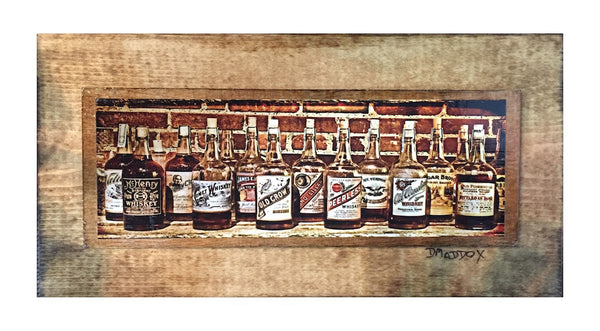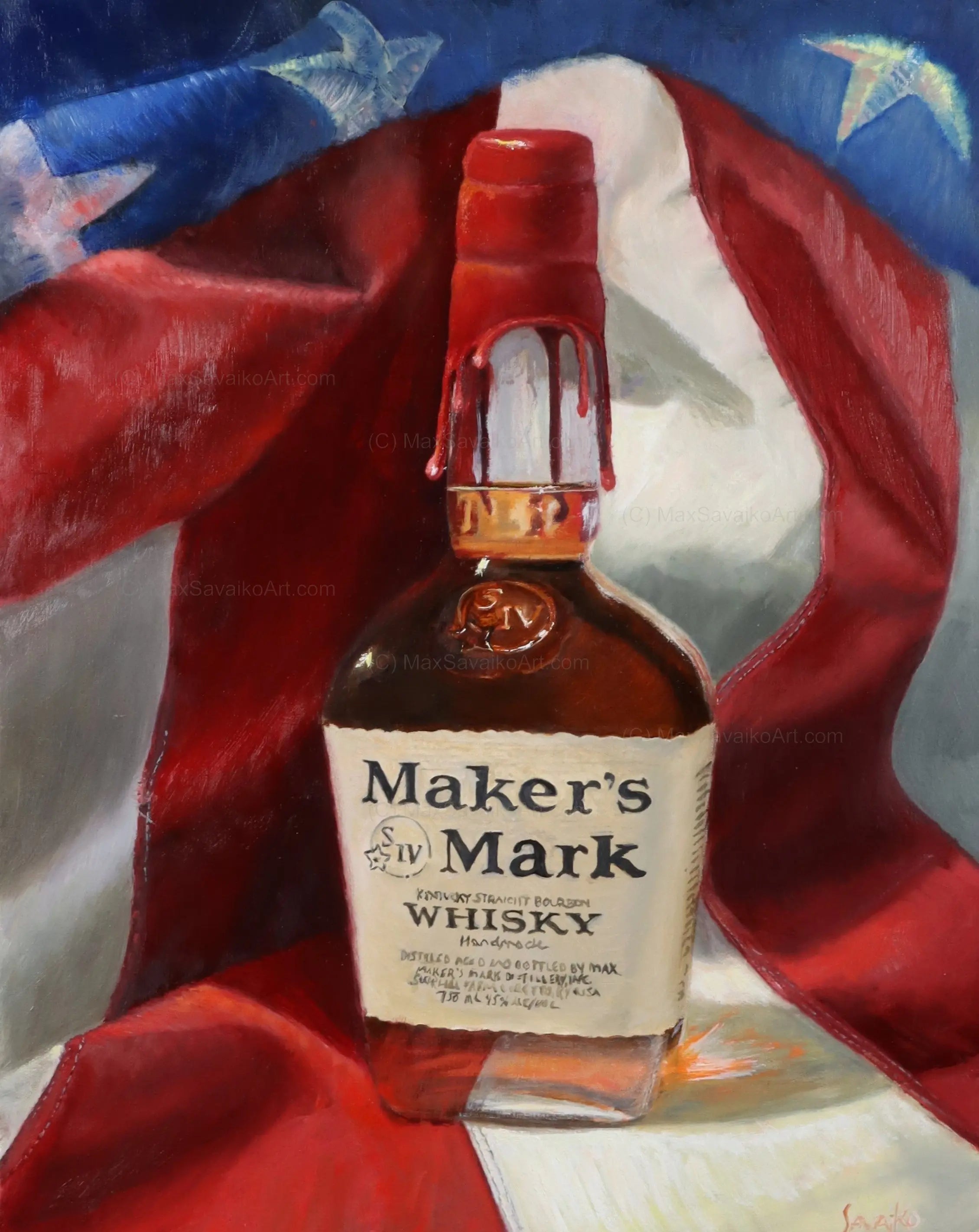Capturing the Significance of Whiskey Art Through Distinct Aesthetic Representations and Styles
The art of scotch prolongs past the fluid itself, showing up through a variety of graphes that envelop its fabled heritage and workmanship. From the careful design of labels that communicate brand name stories to expressive photography that captures the spirit's allure, each creative expression offers to enhance the customer's trip. As the industry accepts contemporary trends, the dialogue surrounding these representations becomes intricate and significantly rich, meaning deeper connections between society and creativity. What remains to be discovered is just how these developing designs show not just the bourbon itself however additionally the transforming landscape of imaginative interpretation.
The Background of Whiskey Art

As whiskey production spread, so as well did the need to boost its experience with art. From the complex engravings on very early casks to the elaborate labels of modern-day containers, each aspect reflects a special artistic vision, working as a visual story of the bourbon's heritage.
In the 18th and 19th centuries, the surge of the industrial revolution further enhanced bourbon art, causing innovative packaging and marketing that caught consumer focus. Artists and designers started trying out appearances, imbuing whiskey-related images with symbolic significances that communicated ideas of craftsmanship, custom, and area.
Today, bourbon art proceeds to advance, mixing typical approaches with modern art kinds. Bourbon Art. This continuous dialogue between the spirit and its graph highlights the enduring bond between bourbon and society, enriching the total experience for fanatics worldwide
Iconic Container Styles
While lots of elements add to the appeal of whiskey, legendary bottle designs play a pivotal role in shaping consumer perception and improving the total experience. The visual discussion of whiskey containers is not just a visual consideration; it works as a bridge between the product and the consumer, stimulating feelings and establishing assumptions.
Unique shapes, materials, and closures can raise a bourbon brand name's identity, making it instantaneously well-known on congested racks. The classic Glenfiddich bottle, with its classy conical silhouette, communicates a sense of custom and craftsmanship, while the vibrant, modern layout of the Balvenie container mirrors advancement and class. The usage of colored glass or unique structures can suggest the top quality and character of the scotch within.
Legendary designs often integrate aspects of social heritage, symbolizing the brand name's history and link to its origins. Brands like Jack Daniel's utilize a straightforward, robust design that reverberates with its American scotch heritage. Inevitably, the impact of container design extends beyond mere functionality; it encapsulates the significance of the brand name, welcoming customers to explore and indulge in the rich tapestry of bourbon society.
Label Art Work and Branding
Container layouts typically set the stage wherefore customers can expect, yet label art work and branding play an equally considerable function in connecting a bourbon's identification. The label works as the first point of contact between the consumer and the product, enveloping the essence of the scotch within its aesthetic aspects.
Effective label artwork combines images, typography, and color to create a narrative that reverberates with the brand's heritage and target audience. For circumstances, a label including classic fonts and elaborate illustrations might stimulate a feeling of practice and workmanship, attracting connoisseurs. In comparison, check strong colors and contemporary style elements might draw in a younger market seeking technology and exhilaration.


Digital Photography and Visual Storytelling
Recording the significance of whiskey via digital photography and visual storytelling is an art kind that raises the brand experience. This medium transcends plain product depiction, delving right into the elaborate narratives that surround each container. By utilizing engaging imagery, professional photographers can stimulate feelings that resonate with consumers, eventually creating a deeper link to the whiskey brand.
Aesthetic storytelling in bourbon digital photography frequently makes use of abundant appearances, lights, and structure to highlight the one-of-a-kind qualities of the spirit. The interaction of light and darkness can highlight the amber hues of scotch, while the choice of background components-- such as rustic barrels or stylish glasses-- can strengthen the brand name's heritage or way of living associations.
Furthermore, capturing the ritualistic aspects of bourbon consumption, from the pouring to the sampling, welcomes customers into a sensory experience, permitting them to envision the tastes and aromas that await. Each photo not only showcases the item but additionally narrates of workmanship, tradition, and the minutes that whiskey can improve - Whiskey Art. Thus, photography becomes a powerful tool in expressing the identity of scotch brands, positioning them within the wider social landscape
Arising Patterns in Scotch Art
The evolution of scotch art is increasingly shaped by modern fads that reflect wider social shifts and customer choices. One famous pattern is the integration of sustainability into art methods. Artists are now utilizing environment-friendly procedures and recycled products to create whiskey-themed items, resonating with ecologically conscious consumers. This shift not only highlights the relevance of sustainability however also improves the story surrounding scotch manufacturing.
Furthermore, electronic art has surged in appeal, permitting for cutting-edge depictions of scotch. Artists are leveraging innovation to craft immersive experiences, such as enhanced truth setups that involve customers and offer a much deeper understanding of scotch's cultural value. This fad also encompasses social media platforms, where aesthetically striking content amasses attention and cultivates neighborhood amongst enthusiasts.
Additionally, cooperations in between scotch brand names and musicians are ending up being a lot more commonplace. These collaborations generate limited-edition packaging layouts and unique artworks that celebrate both the craftsmanship of whiskey and the creativity of artists. As bourbon art remains to develop, these emerging fads will undoubtedly shape its future, promoting a vibrant junction of society, sustainability, and technology within the scotch area.
Conclusion
To conclude, the art of whiskey incorporates a varied variety of see post graphes that reflect its rich heritage and craftsmanship. From famous container styles and intricate label art work to compelling digital photography, each component adds to a wider story that enhances the consumer's experience. As arising patterns, such as digital art and sustainability, proceed to shape this creative landscape, the complex identity of scotch stays a sustaining source of cultural link and exploration.

In final thought, the art of whiskey incorporates a varied variety of visual representations that show its abundant heritage and workmanship.